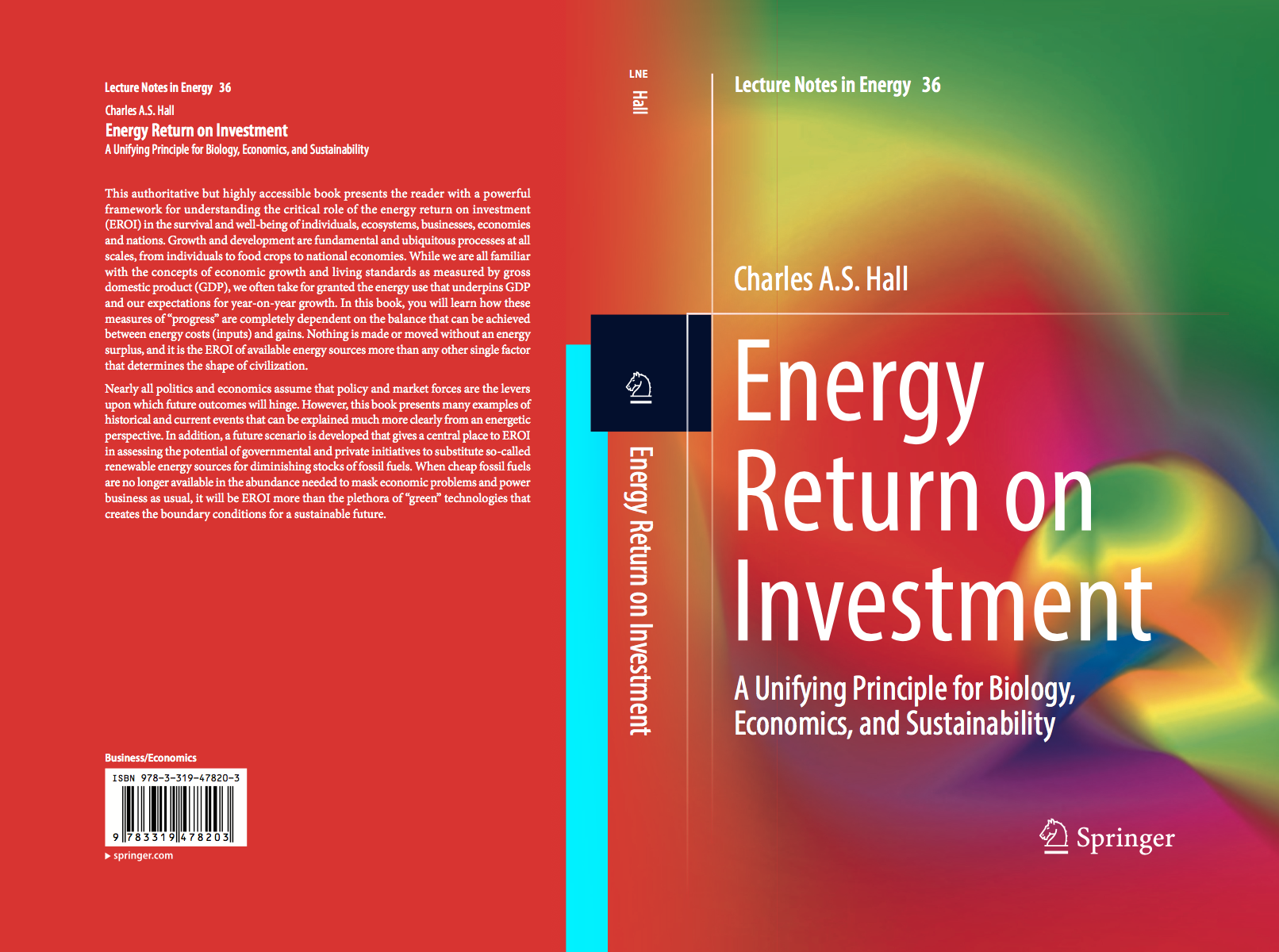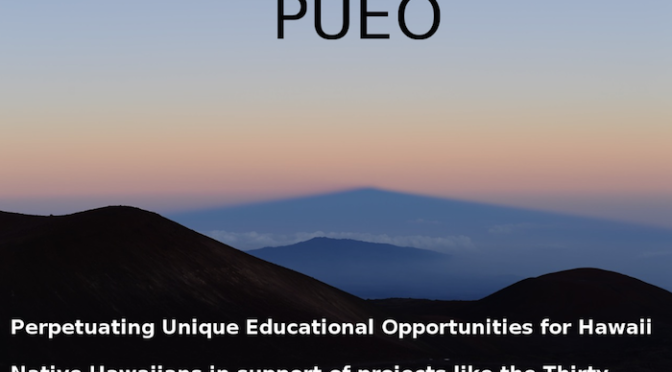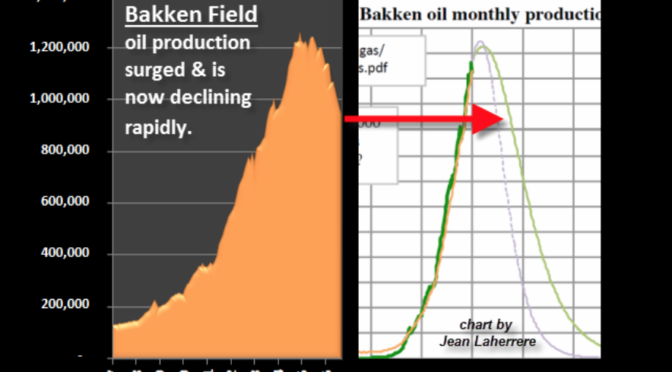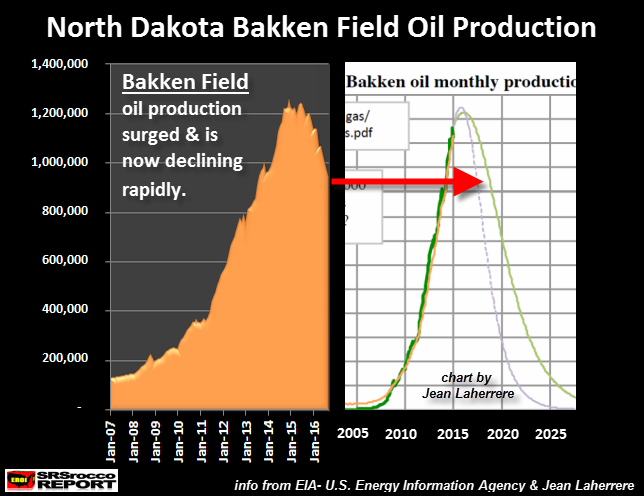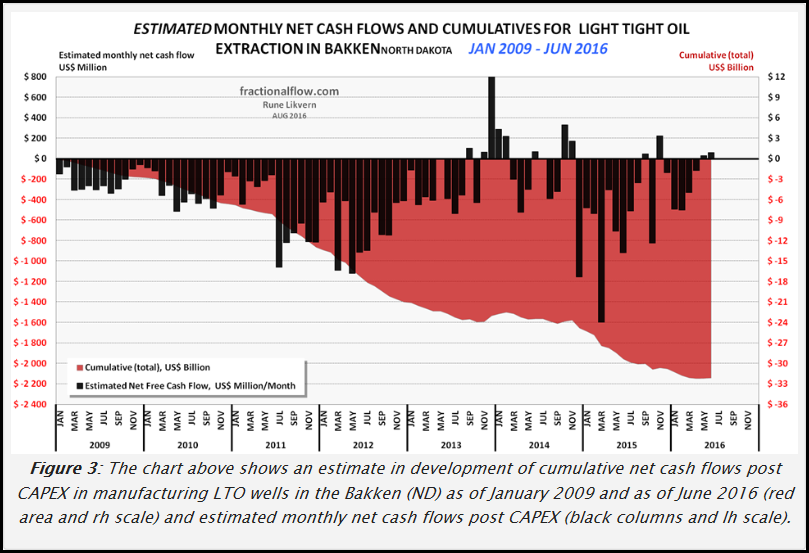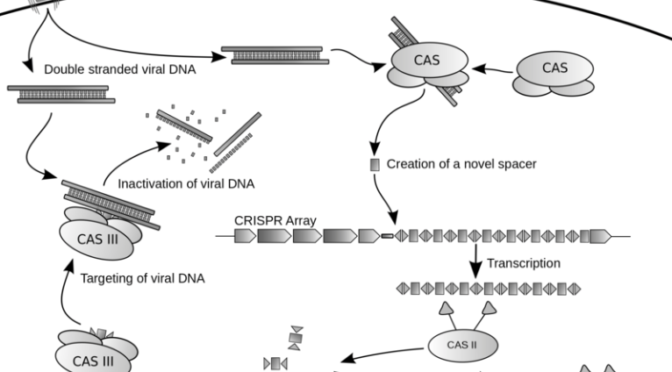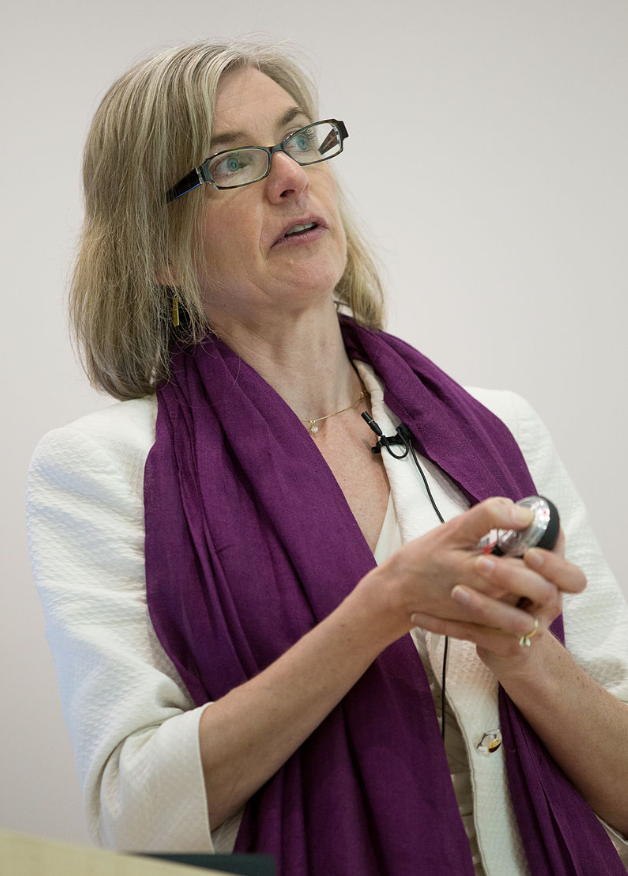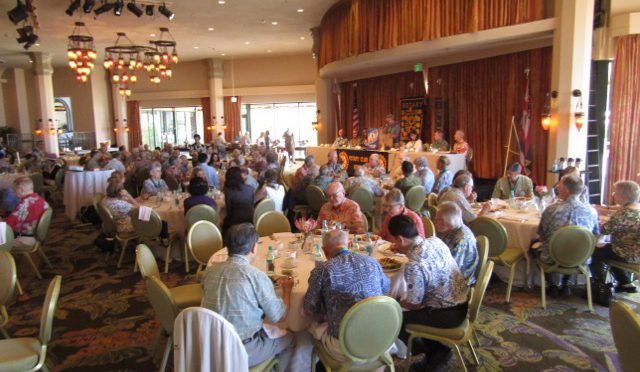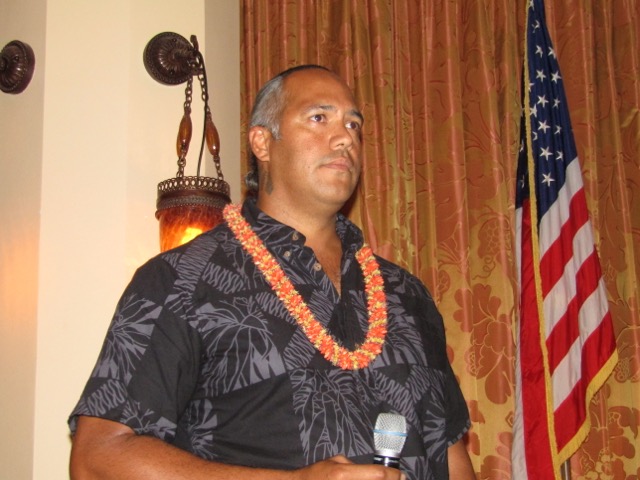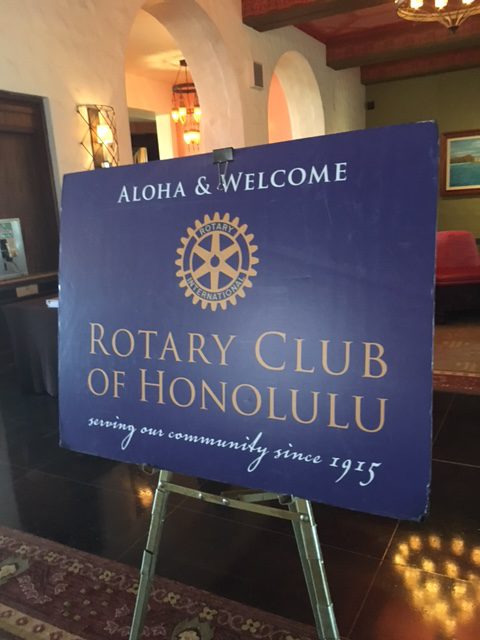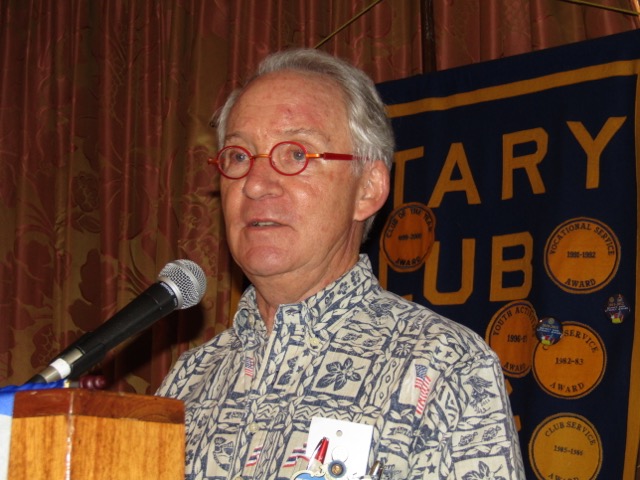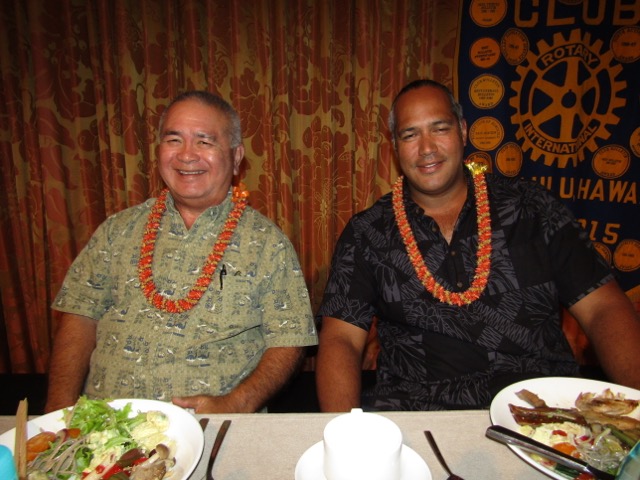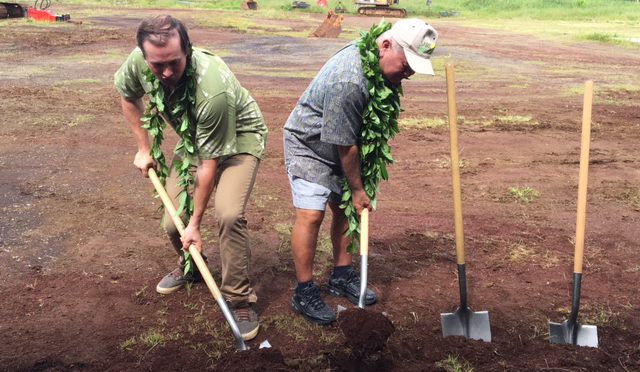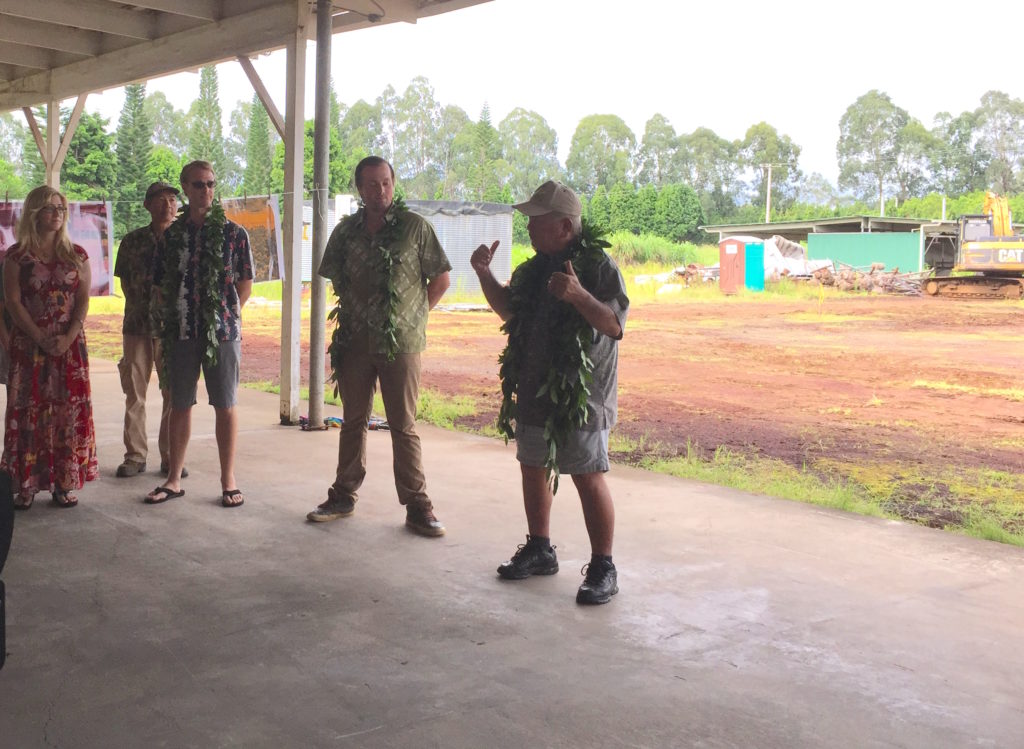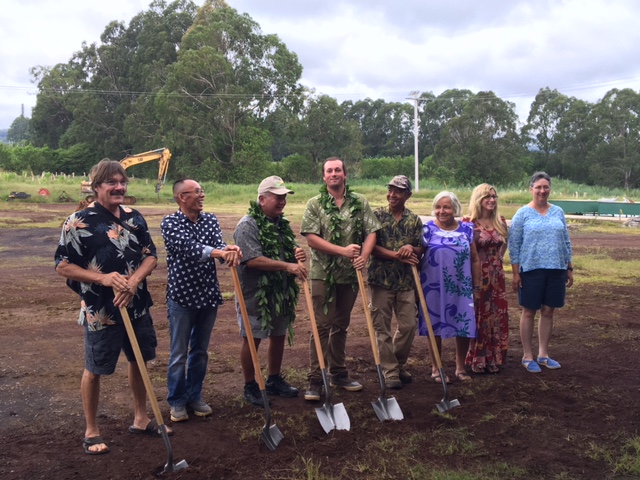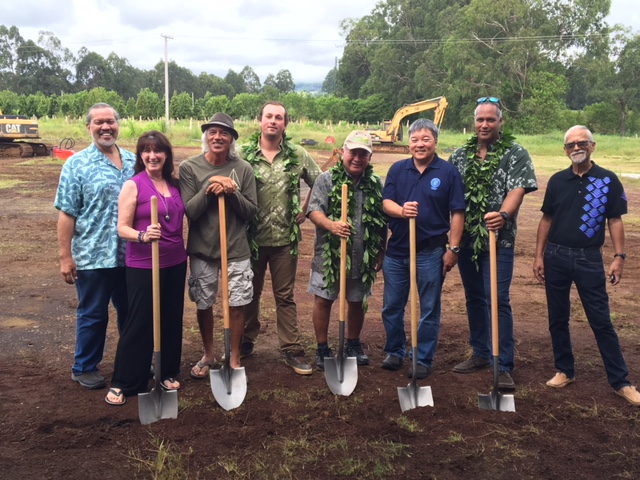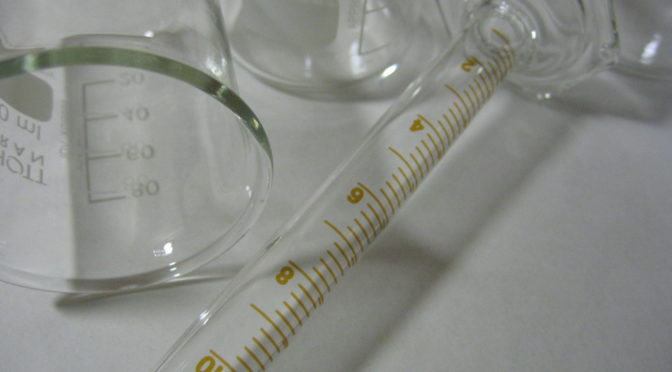Hawaii robotics enthusiast Art Kimura is the “Father of Robotics” in Hawai‘i. More officially, he’s Education Specialist at the University of Hawai‘i’s Hawai‘i Space Grant Consortium.
Hundreds of Big Island children, from elementary through high school, participate in Robotics. We talked to him about what exactly Robotics is, how it got started in Hawai‘i, and all the skills – some of them rather unexpected – that children learn from participating.
This is the first post of a two-part series.
Hamakua Springs: How would you describe Robotics to someone who isn’t familiar with it?
Art Kimura: When I talk to parents, I talk more about Robotics as a tool to teach students life skills. The life skills we try to impart are team work, problem solving, time management, communication and integrity.
To me, those are the most important things to get out of Robotics because they are applicable whether you become an engineer or in any other job you pursue in the future.
Robotics has grown enormously over the last 20 years because of two factors: First, the planners took advantage of what society values. What does society value the most, that gets the most media attention, gets the most money? It’s sports and entertainment. Robotics took advantage of that. It created sports-like games and at the tournaments they play music and have loud MCs.
And I really think Robotics is a social experience as well. Parents often ask me, “What kind of kit should I buy?” I tell them, “Don’t buy a Robotics kit for your child because they’ll get bored with it at home by themself.” It really is a social experience where having a group of people who can work together seems to energize them.
How long have you been involved with Robotics?
The origin was a meeting in Hilo, just sort of a chance meeting when what’s now known as the ‘Imiloa Astronomy Center was being conceived of. Because it was Senator Inouye’s money that was being sent through NASA, NASA sent a representative to the first meeting. I was walking around with my plate looking for some place to sit and there was a man sitting by himself. I sat down with him.
Turned out that he was an engineer from NASA who headed the National Robotics Alliance, and he started to tell me about the programs he was helping to run in the San Jose, San Francisco area. He gave me chicken skin because he was talking about taking gang kids off the street and turning them into kids that would go to UC Berkeley and other colleges.
At the time, we didn’t have any formal scholastic Robotics in Hawai‘i. He had come to Hawai‘i with a scholarship to fund one team to participate in a program called FIRST Robotics, and the value was about $4,000. He had offered the scholarship to the DOE, who would be assigning it to a school. Turns out that school became Waialua High School. They have one of the premier Robotics programs in the world right now – not just in Hawai‘i or the nation, but in the world.
Tell me more about what’s happening there at Waialua on O’ahu.
It’s Waialua High and Intermediate, a grade 8-12 school. They’re just an amazing operation in a small sugar plantation town, a lot of immigrant kids, and yet because of the vision of a teacher out there, over the past 20 years it’s grown into a program where they’re in the so-called Robotics Hall of Fame. They travel extensively to the Mainland. They went to China and Korea this year and they’re going to Japan next year.
Is Robotics as big in the rest of Hawai‘i?
In Hawai‘i, our history is that we were able to grow things very rapidly, to a very high level. But because our population is limited, then eventually we get outpaced.
For example, there’s a program I brought to Hawai‘i called Botball. It’s probably one of the hardest programs because the kids have to program the robot, build the robot and then program it to operate autonomously during the entire match. There’s no human control, so it’s high-level programming that they have to learn. It’s a pretty expensive program.
We grew it in Hawai‘i to the largest in the world. At one time there were 42 teams. In the world there were like 300, and we had 42 of them. We were bigger than New York or California. Twice we hosted the world championship in Hawai‘i because we had so many teams.
Botball has kind of tapered down now to maybe only 10 teams, though, because of the cost. I think even more than the cost is the difficulty of doing it. You need to find a mentor that can teach kids how to program at very high levels.
How many kids are involved with Robotics on the Big Island?
I’m just guessing, but I would say about 700 to 800 kids in elementary, middle and high school, both boys and girls. We have some all-girl teams. There’s a Girl Scout team in Kea‘au that has three teams right now. It’s Troop 254.
Is there a certain type of child who is especially interested in Robotics, or does very well in Robotics?
I think it takes different types of people to have a successful team. You have some that like to do the mechanical part of building, and you have some that focus on the programming side. You need the cheerleader type. There are some kids on the team, they just want to belong to an organization but they’re not athletes, and so they join the team and they become the rah-rah people. They organize different aspects of it, like the documentation. There’s room for everybody on a team, depending on how the team is organized.
What are the other Robotics programs here in Hawai‘i?
There are nine programs right now. We have a program called FIRST LEGO League, a very big program. That’s an elementary and middle school program and it’s well-known at many schools. I think they must have about 140 or 150 teams in Hawai‘i.
There’s also FIRST Tech Challenge and FIRST. FIRST Tech Challenge is for middle and high school kids
FIRST is a large robot that the kids build from scratch, about 125 pounds, and they play in a sporting-like environment. The name FIRST stands for “For Inspiration of Science and Technology” and it’s a well-known program nationally. We have about 27 teams in Hawai‘i that play in that program. It’s very expensive. The entry fee alone is about $6000. The initial outlay is about $10,000 per team. But the kids learn a lot.
Where does that money come from?
They fundraise. Waialua is a good example. The reason I send a lot of people out there to visit is that yeah, they make good robots, but their business plan is just amazing. They raise about $150,000, $160,000 a year to support their program. It’s just a well-orchestrated business plan – how to solicit sponsors, and more importantly, how to retain a sponsor.
So they are learning incredible business skills, too.
Yes. Out of maybe 35 kids, probably only 10 build robots. The others are doing media things. They maintain the website, they document everything. They’re trained in how to solicit sponsors, to thank sponsors for their sponsorship level. It not only sustains itself but increases oftentimes. They write grants. It’s just an amazing operation they have out there.
Are any Big Island schools operating at that level?
They can’t match that here. It’s because of the way the lead teacher at Waialua organized it. He sees the bigger picture.
Most of our schools in Hawai‘i struggle financially and not only that, they also have limited space. If they are able to get a room, they’re lucky. Most of them are working out of part of a classroom. Waialua has six rooms dedicated just for Robotics. It’s because, again, the vision is much broader.
It sounds like we need more of that vision here on the Big Island.
Absolutely, yeah. It’s difficult because teachers are so busy in their day-to-day work that to come up with what Waialua is doing is very difficult. You have to be kind of a skilled grant writer, but it’s possible.
To me, that’s the high bar. You always want to look at that, even if you can’t replicate it identically. There are parts of it I think we can all learn from.
What are the other Robotics programs?
There are two versions of underwater Robotics in Hawai‘i. They run them in swimming pools. Good program, not very big. Primarily, I think, because from the audience side, it’s difficult to get people excited because it’s hard to imagine what’s going on underwater.
I focus more on a program called VEX Robotics because, to me, it’s much more sustainable and expandable. That’s the one we just had the tournament for in Honolulu.
We have over 300 VEX Robotics teams now in Hawai‘i. We’re in about 35 percent of the schools. On the Big Island alone we have 53 teams, so we have one-fourth of the total participants in the state right now. It’s grown enormously on this island.
What are the challenges with Robotics?
Part of the big challenge in Robotics for several years has been access. There are so many kids that are interested but because of various reasons, the opportunity to participate is very limited. A school can say, We have a Robotics program. When you ask, Well, how many kids? They say, Well, we have a FIRST LEGO League team – which is limited to 10 kids.
That means it could be 10 kids out of 500, and usually the school will go through a selection process. My concern always is the average student often is left out because they take the gifted and talented to represent the school.
With IQ (one of the VEX programs) what’s good is there’s no limit on the number of students or the number of teams you can have per school. Some schools have six teams and they may have 20 or 30 kids registered. I was at Konawaena Elementary two weeks ago to visit, and I was really stunned because there were like 55 kids there with six teachers. It’s very unusual for that many teachers to be involved. It’s amazing.
The demand is there and access is what we’re trying to deal with.
Part 2: ‘Kids Don’t Want To Go Home!’



